Want to contribute to this article?
Your organisation's quality management system lives or dies on the data behind it.
Root cause analysis. Continuous improvement. Corrective and preventative action. All are impossible without defined quality metrics you can monitor and measure in the long term.
At the same time, it's easy for quality managers and QA analysts in modern businesses to feel they're drowning in data from 3, 4, 5 or more different sources.
How can you tell which metrics to focus on, and which to ignore?
And which metrics really matter to your business?
Here are some key steps to take towards solid and sustainable quality metric measurement.

Align with enterprise objectives
Quality professionals still face 3 historic problems:
1. Siloing from the rest of the business
2. Difficulties engaging colleagues
3. Little or no voice at board level
The traditional image of the isolated quality and compliance manager rolling out red tape and rules to get a certificate on the wall still rings true at many organisations.
So the primary focus of your quality metrics should be this:
To help senior management understand quickly and simply how the quality department is supporting and contributing to top-line enterprise objectives.
On-time audit completion rate, NCRs per department and overall equipment effectiveness (OEE) might matter to the quality department. But what do they mean to C-level executives?
In truth - not a great deal.
Activity and process metrics are important indicators of how the quality team are driving change outcomes, but the outcomes themselves are what senior management want to hear about and what they'll ultimately throw support behind.
So you should only focus on metrics that you can link to the bigger, snappier, message-on-the-wall enterprise objectives, like these:
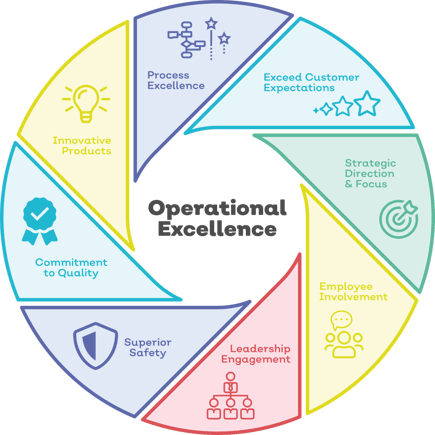
If you can't, they probably aren't worth shouting about beyond the walls of the quality office.
And they certainly won't help you raise the profile of quality or get management engaged.
Find a handful of enterprise-aligned quality metrics. Circulate them internally and mention them at meetings. And keep measuring them long-term.
Some examples might include:
- Cost of poor quality (calculate yours here) - a single, simple bottom line figure the quality team can reduce over time
- Monthly customer complaints/returns - a simple measure of general satisfaction the quality team can bring down over time
- On-time delivery % - a simple process effectiveness metric which quality improvement can increase
It's also important to remember that the metrics that resonate at board level will change over time - so keep an eye out for quarterly buzzwords and new projects and initiatives, then use them to refocus the metrics you're working with.
Horse before cart
Closely connected to this outcome-oriented metric focus is determining how your metrics interact with one another so you can prioritise and choose actions properly.
For instance...
You may have some traditional quality metrics you've always tracked, and want to continue to track.
Let's say scrap and product defect % metrics.
These link to the broader enterprise objective of general customer satisfaction and industry perception.
Using this objective as your North Star allows you to evaluate and balance other indicators like costing.
For example - if two defect reduction programmes are proposed, one costing £1500 and one costing £2000, you're more likely to get sign-off on the former by senior management.
But if the £1500 programme delivers a 23% uptick in customer satisfaction and the £2000 programme delivers a 67% uptick, the opposite is true.
Keeping your top-level outcome metrics in mind makes a big difference to how you propose and drive action (and how you secure sign-off and funding!)
Be positive
The role of quality is changing, and your metrics need to reflect that fact.
Rather than the 'command and control', assurance-centric and rule-heavy bureaucracy of traditional quality management, the data you decide to focus on to run your QMS should avoid punitive compliance metrics to beat people with and instead focus on applying measurement as a positive, business-improving strategy.
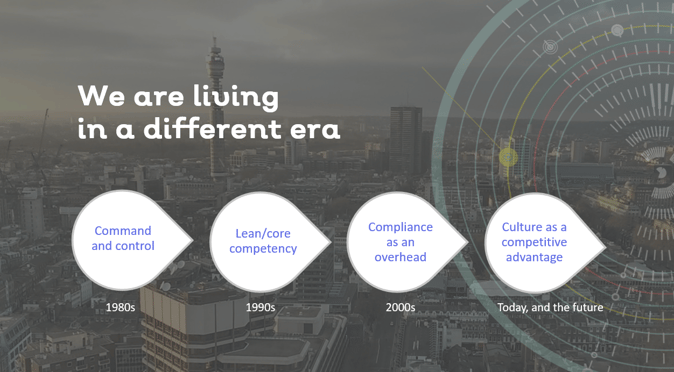
Consider a metric like internal issues or non-conformances raised.
Historically this measure would be tracked as a negative, with an eye to decreasing the figure.
"Last year 294 non-conformances were raised across all 3 sites. This year, we've successfully lowered that to 198 non-conformances."
But consider viewing that same metric positively, either by not actively tracking it or by aiming to increase raised NCRs to give more visibility of process defects and areas to target.
"I don't want to see or measure the number of issues raised within EQMS. I don't want to put any barriers up or any ideas that it's wrong to raise issues. We want to hear about them.
Whether an issue is reported or not, it's still there."
- Alun Howell, Quality Manager, Xylem
Taking careful stock of your metrics and if, in reality, you'd like them to increase or decrease is not always as simple as might appear at first glance. Yet it's a crucial step towards pinpointing the data that actually matters for your QMS day-to-day.
Simplicity is king
As befitting of quality metrics, your mantra when putting together your QMS data should be quality, not quantity.
Rather than a wide range of easy-to-measure metrics from various sources and systems, try to pull 10-12 feasible and clear metrics into a single area or dashboard you and your team can access centrally
As we've seen, metric measurement should only ever be the means to a broader, business-central end.
Don't invest more time and effort searching for, compiling and reporting your metrics than those metrics are worth.
The modern quality role ultimately depends on making positive changes, then making sure everyone understands the outcome so you get the green light for more changes.
The less time you can spend on reporting and metric management, the more time you can spend on value-adding activities.
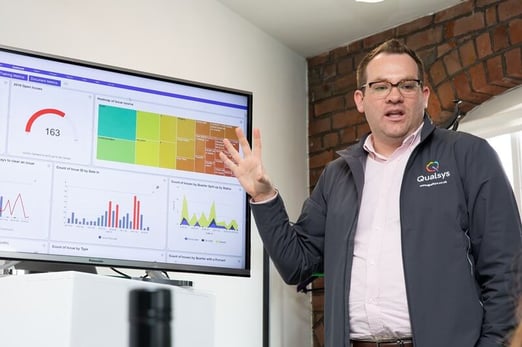
Next steps
Looking to strengthen your quality management system? Try our free playbook.




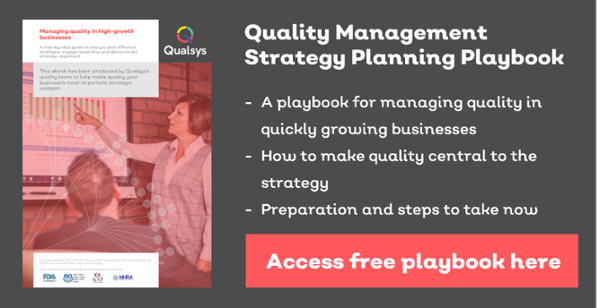

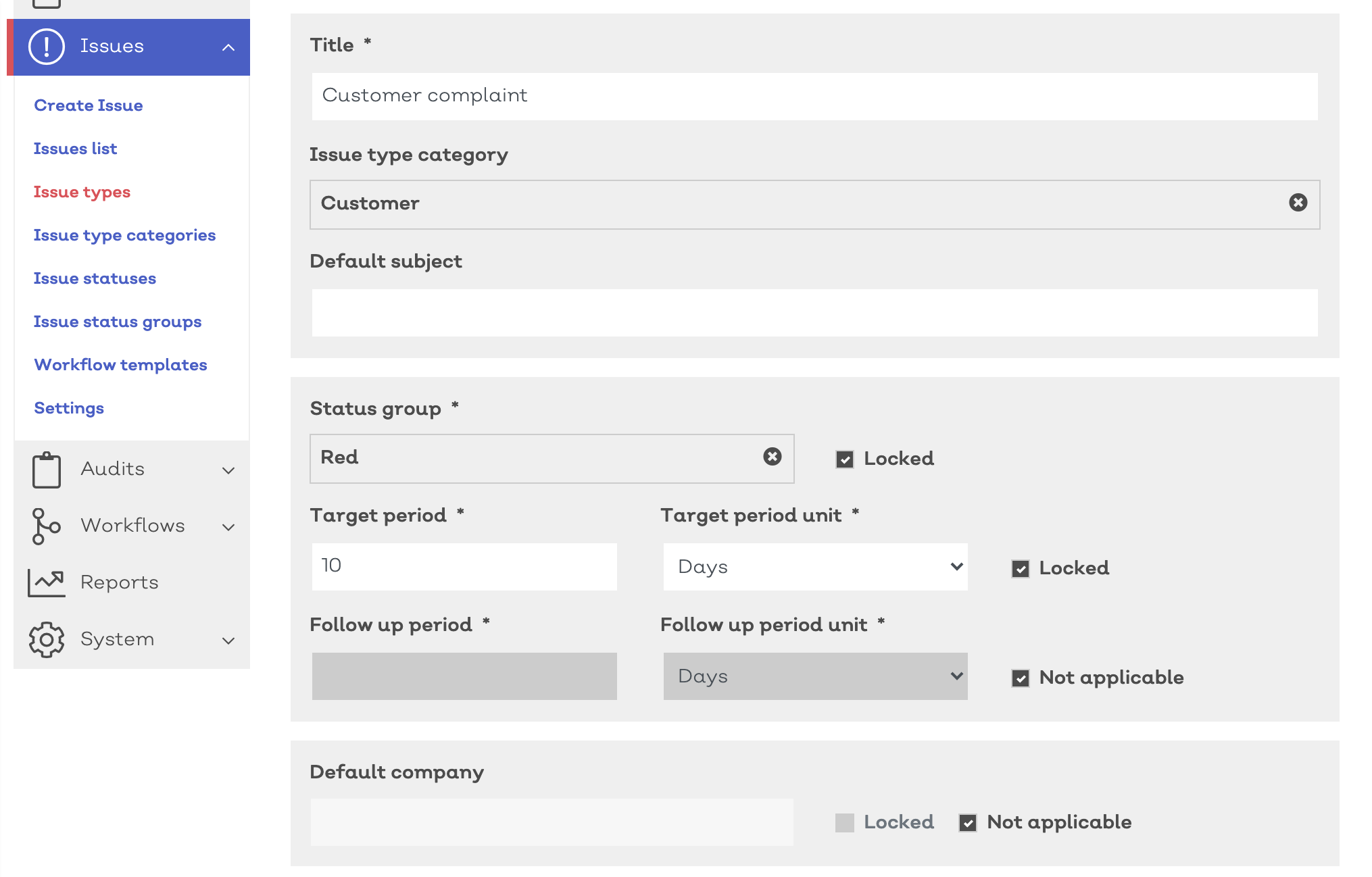
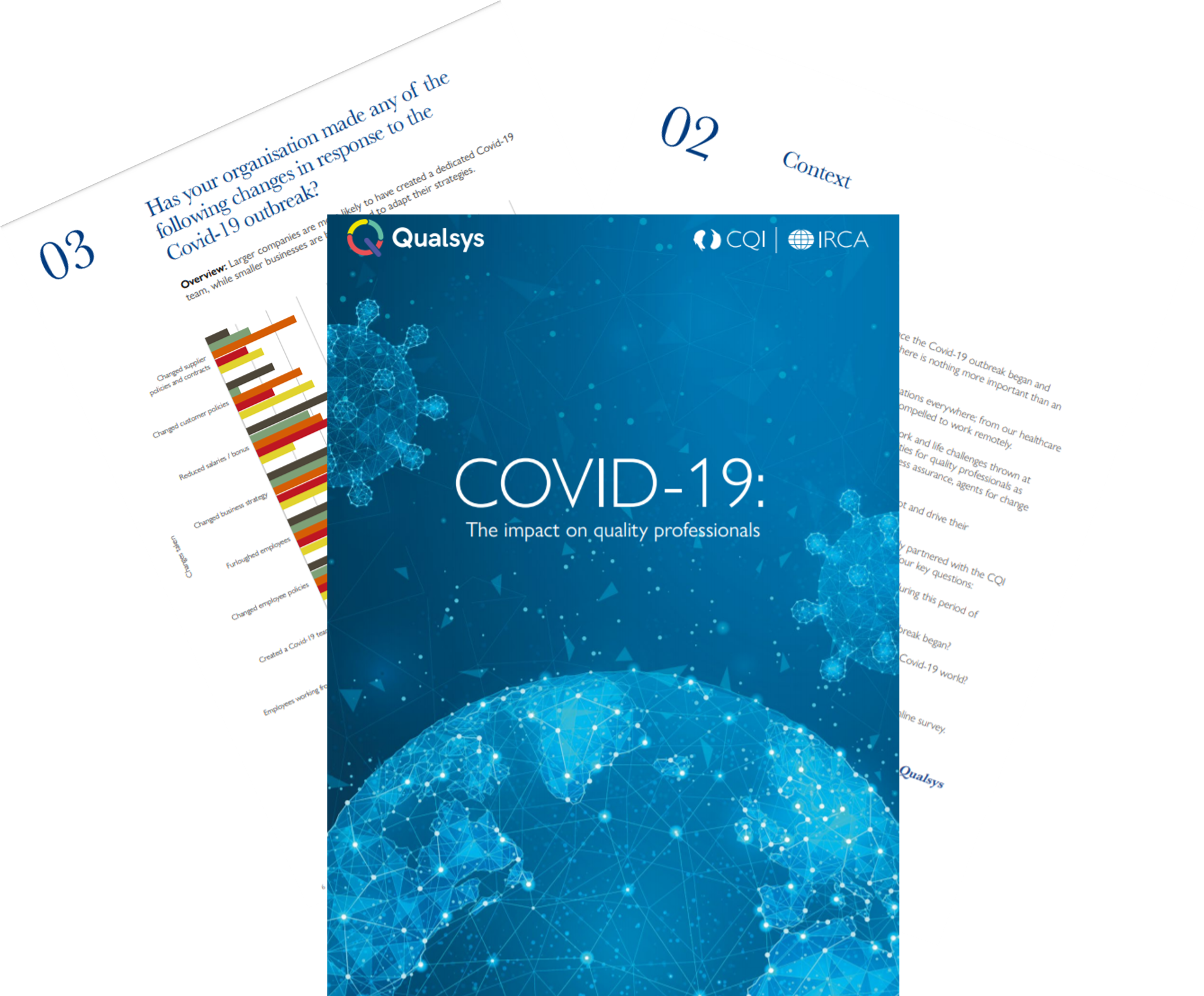

Share your thoughts on this article